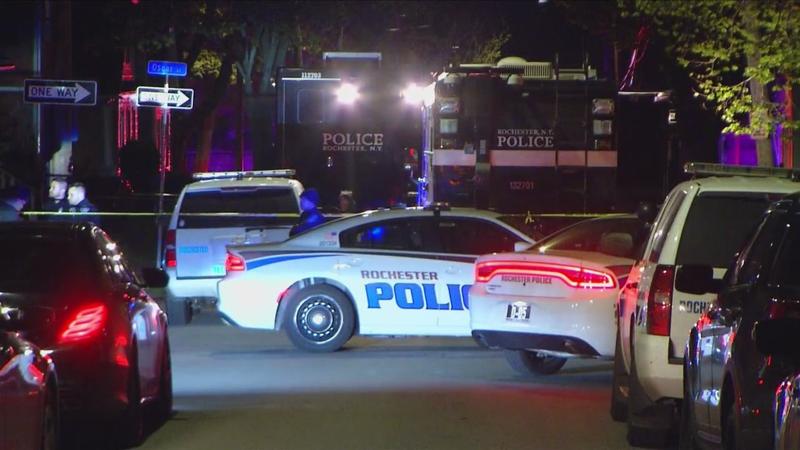Calls for post-parole support as crime rates rise
[anvplayer video=”5108117″ station=”998131″]
ROCHESTER, N.Y. (WHEC) — 32-year-old Donovan Humphrey was on parole for the death of Ajana Dortch when he was arrested in January for allegedly pistol-whipping someone in the head. Humphrey was out on bail for that charge while still on parole when investigators say he shot at two Rochester Police Officers who were responding to a domestic call at a home along Remington Street on Friday.
While it may seem like a rare case, Monroe County District Attorney Sandra Doorley says it’s not.
“Over the last couple of years, we’ve noticed a real increase in parolees that are committing violent crimes and especially parolees who are committing homicides,” she told News10NBC.
Doorley recently crunched the numbers and says they break down like this:
2020:
113 defendants were on parole at the time they committed a violent offense.
5 of those defendants, who were charged with homicide, were on parole at the time of the killing.
2021:
100 defendants were on parole at the time they committed a violent offense.
8 of those defendants, who were charged with homicide, were on parole at the time of the killing.
2022 (through May 8th):
45 defendants were on parole at the time they committed a violent offense.
7 of those defendants, who were charged with homicide, were on parole at the time of the killing.
“This is data, this isn’t sugarcoated, I’m not trying to sway one side or the other on the debate regarding parole, less is more and all the policies, these are the facts,” Doorley told News10NBC, “I’m not talking about misdemeanors, I’m not talking about non-violent felonies, I’m talking about robberies, I’m talking about assaults, burglary in the first degree, even violent sexual predator assaults.”

[News10NBC]
Marvin Mayfield is with the Center for Community Alternatives and says when the numbers are up nationally, they’re going to be up locally.
“This dramatic rise in crime also coincided with the beginning and the onset of a pandemic where these crime rates and violence and gun violence increased across the country,” he said.
Mayfield believes there needs to be a greater focus and investment in post-release programs to help parolees better transition back into the community instead of turning back to crime.
“We do not have enough programs, budgets for policing in our communities are saturated and inflated while the programs are just being cast aside,” he says, “we know that the safest communities, the safest communities are not the communities that are most heavily policed or have the hugest incarceration rates but they are the communities that have the programs and the services that everyone needs.”
Doorley doesn’t disagree that more post-release treatment programs may help but she thinks it’s important to have a full picture of what we’re facing as a community when deciding how to best keep us all safe.
“Going forward we hope to be better custodians of our data and really mining it out so the community has a real clear picture of what’s going on,” she said.